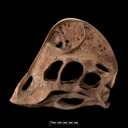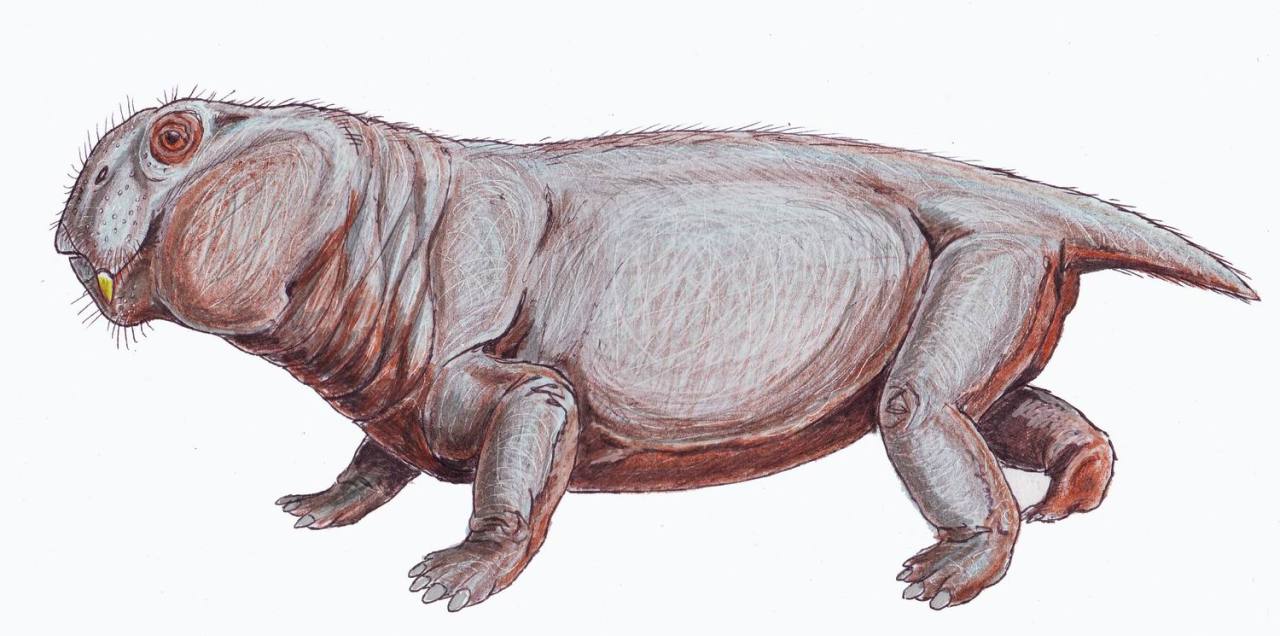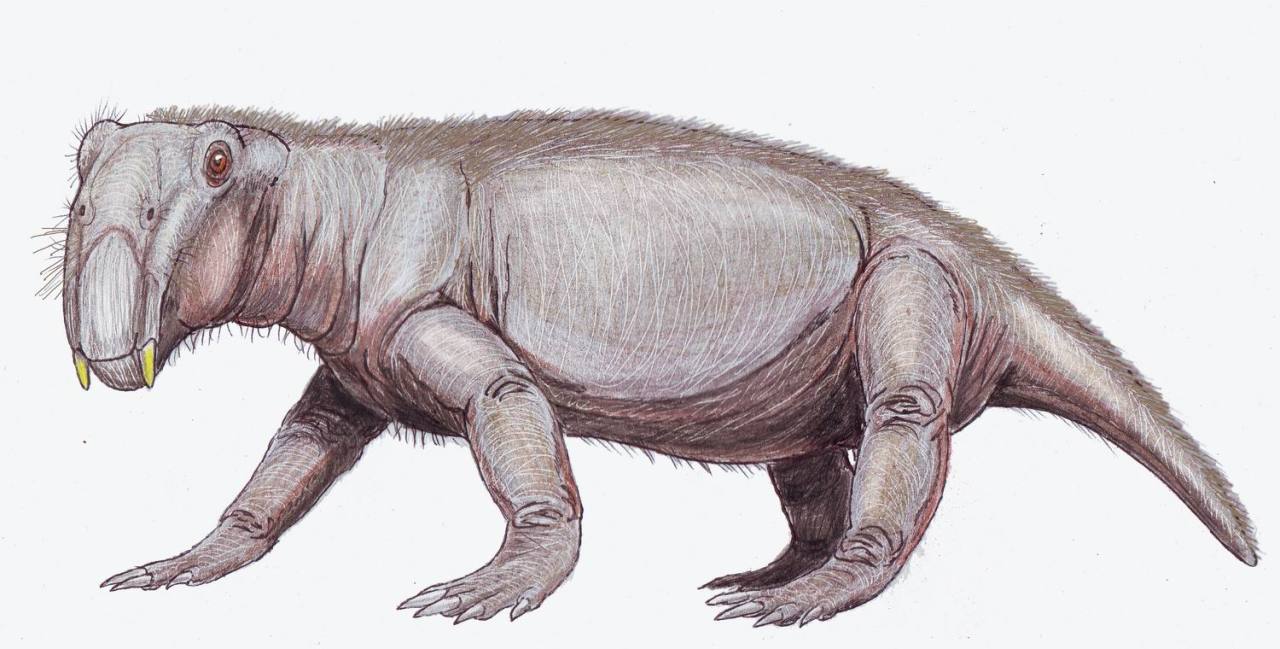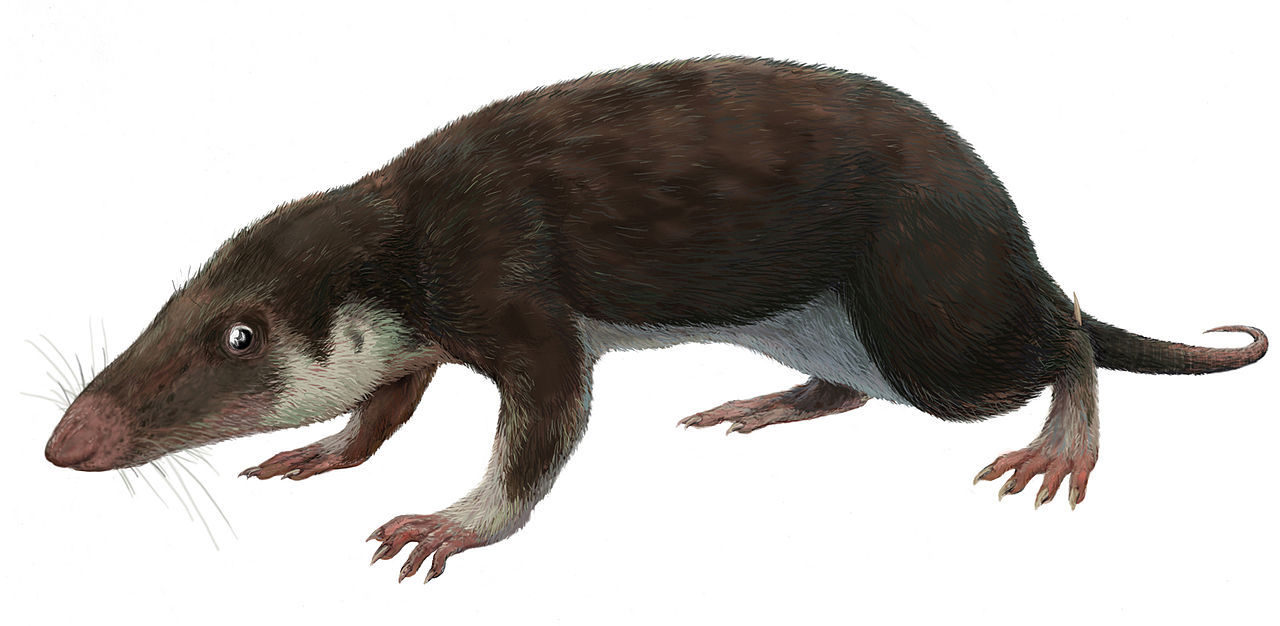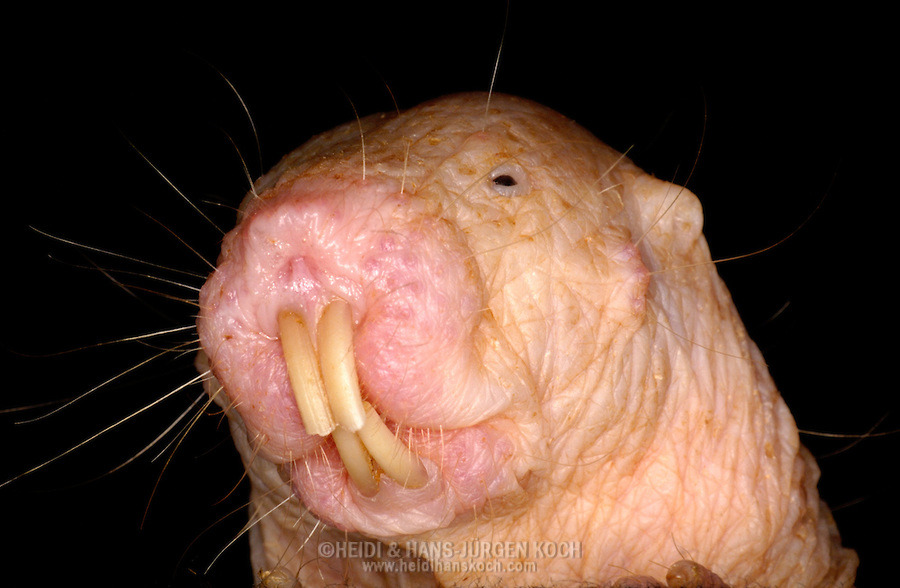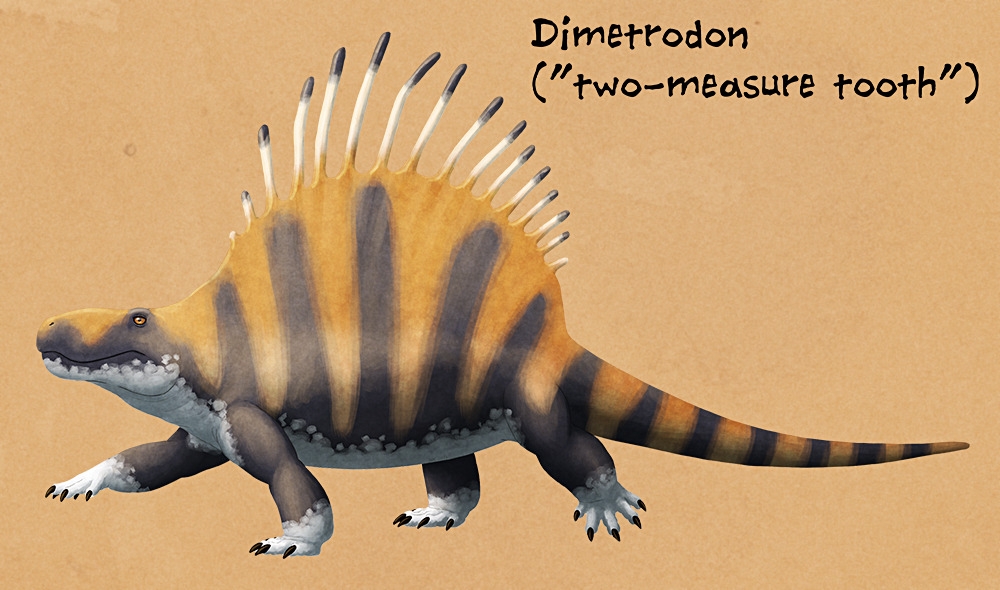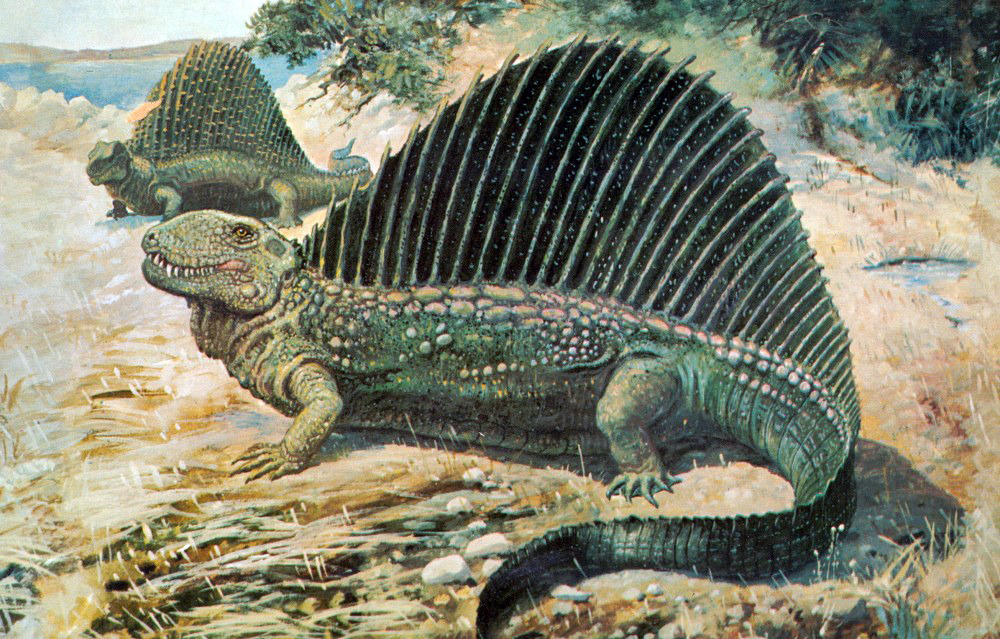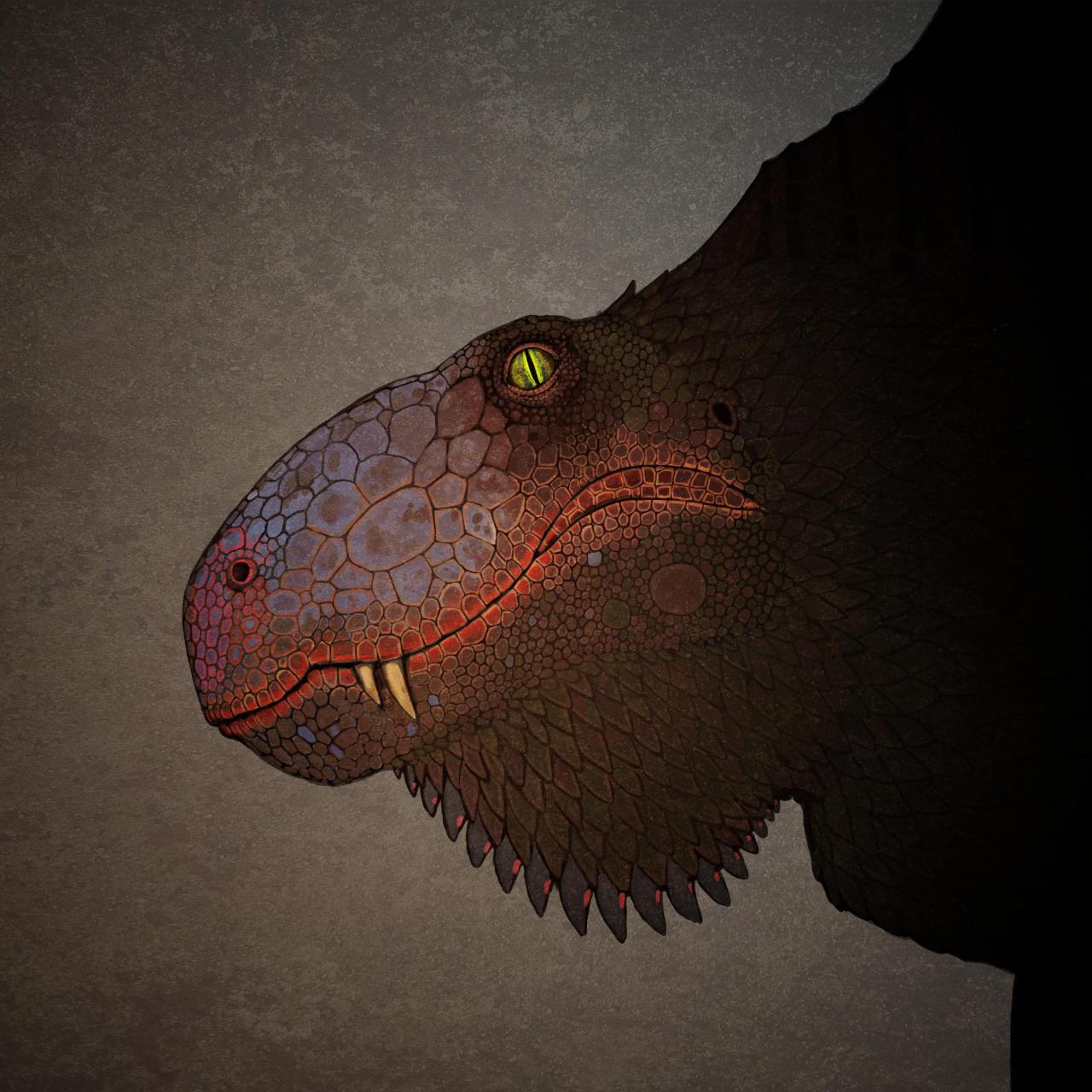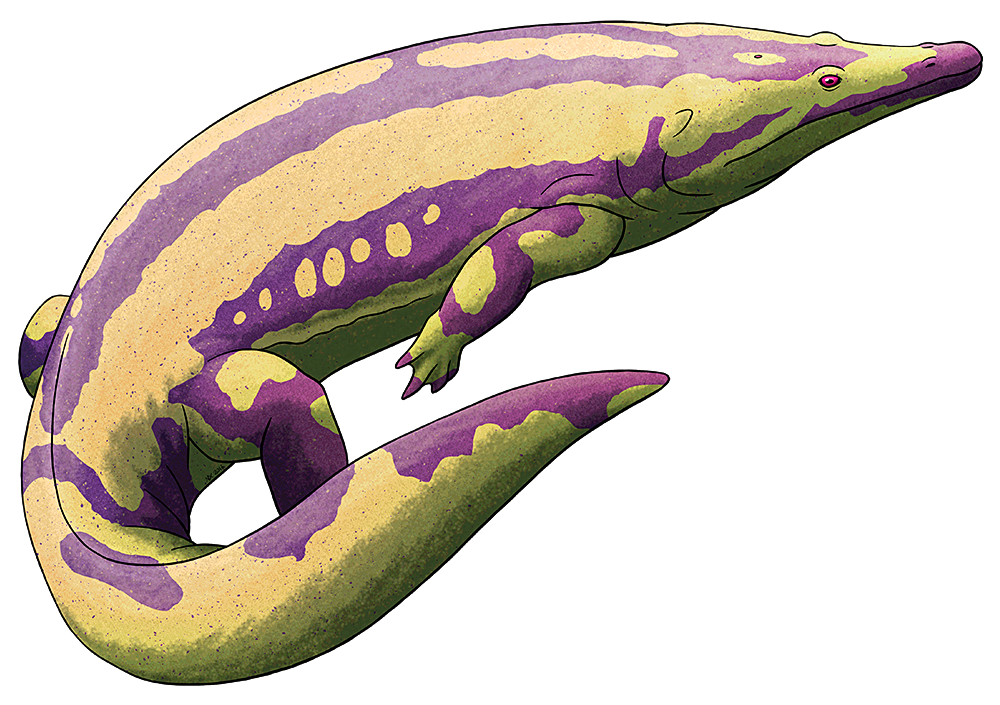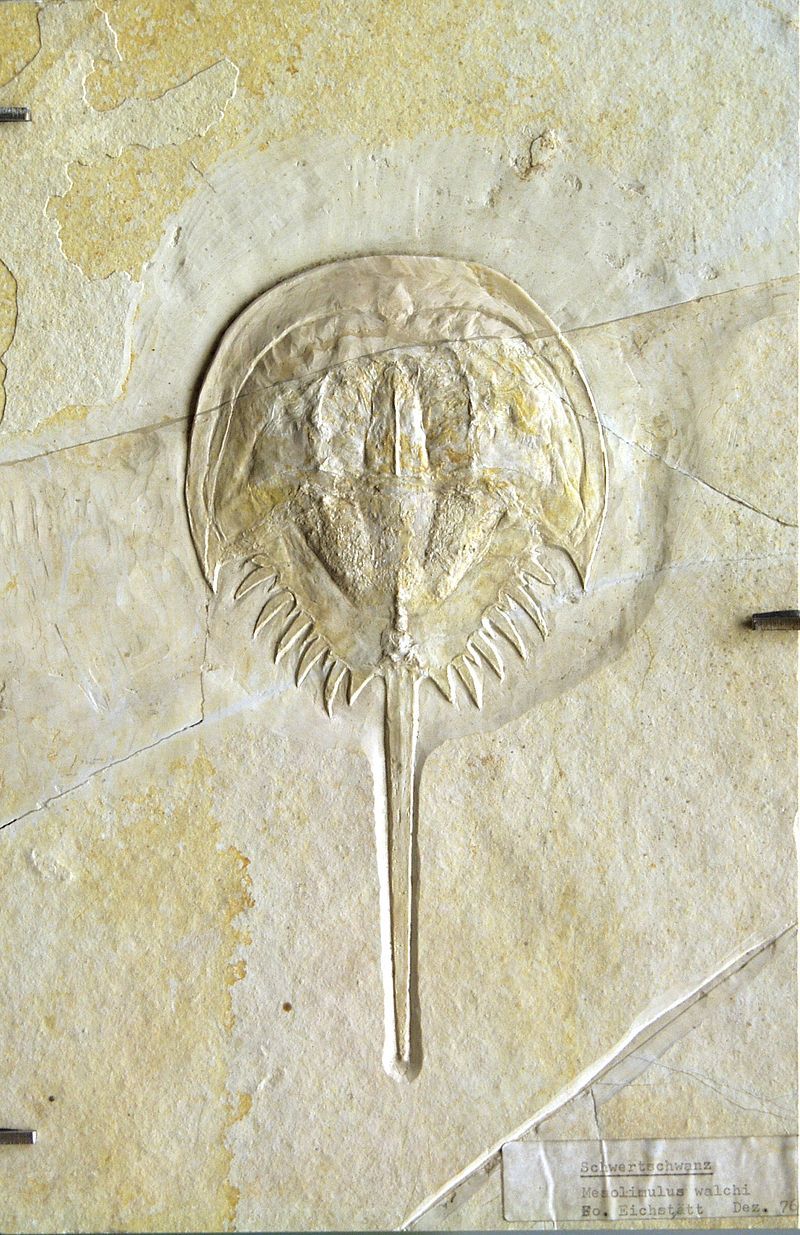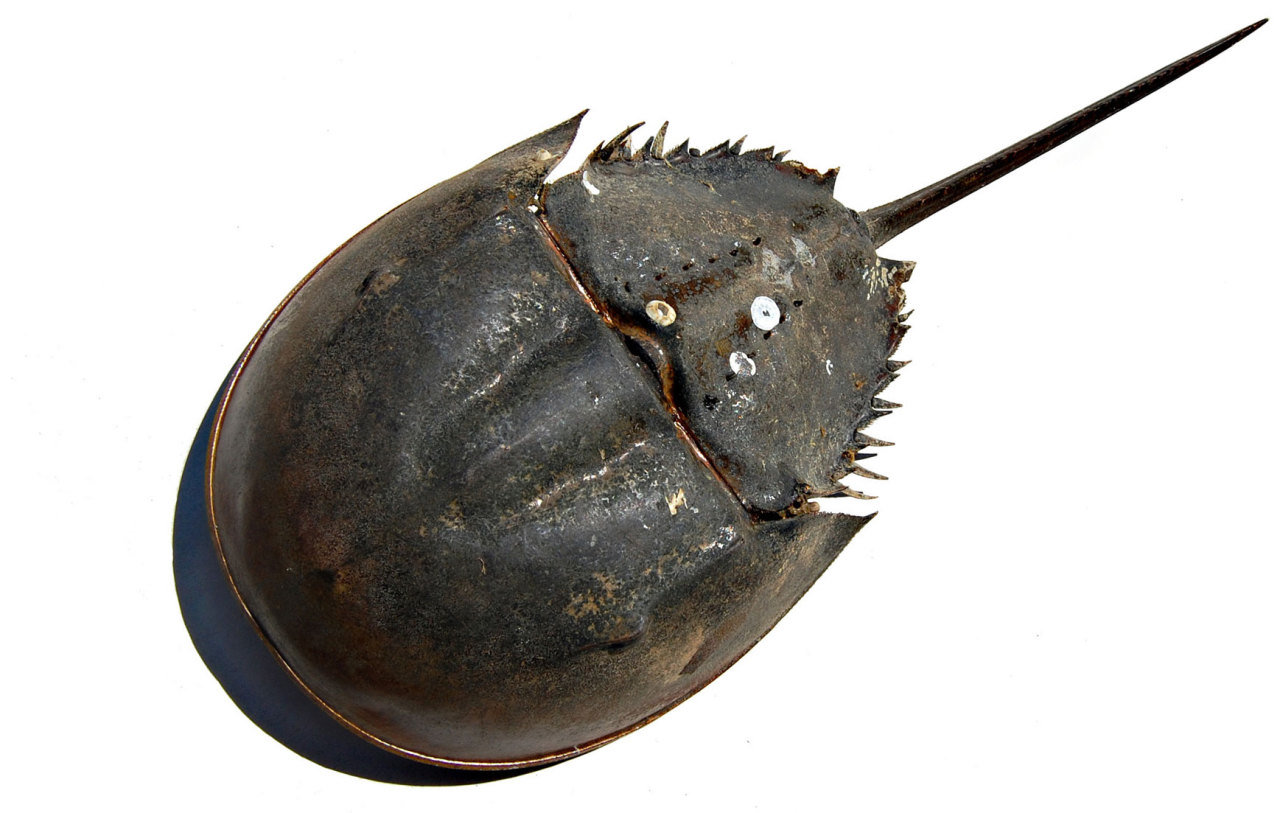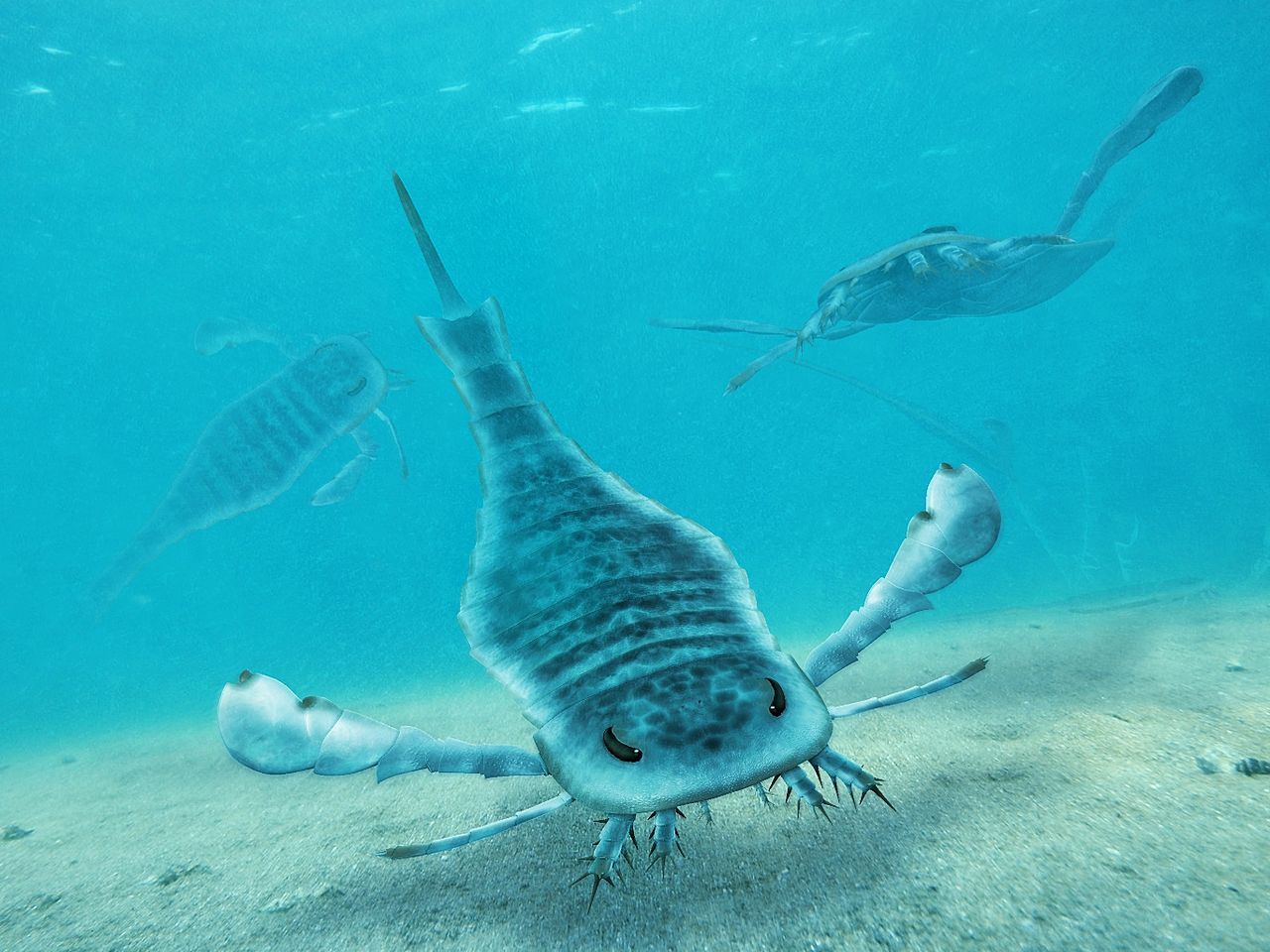bugcthulhu asked:
Before we talk about them in specific, let’s first determine their classification.
A synapsid is a member of the group that contains both mammals and all vertebrates more closely related to mammals than reptiles. They are distinguished by the presence of zygomatic arches, a trait possessed by all mammals, including humans (although we call ours “cheek bones”).
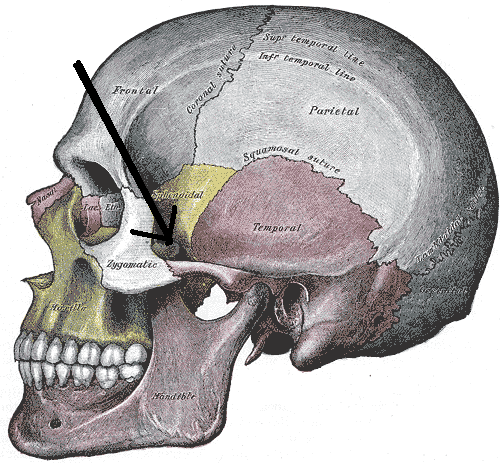
The group of synapsids that includes modern mammals is called Therapsida. Members of this group (called ”therapsids”) are distinguished by the vertical positioning of their legs beneath their bodies, and the differentiation of their teeth into incisors, canines, and molars.
Therapsida evolved in the Early Permian, and its members quickly diversified. One of the major clades of therapsids that lived during the Permian period was called Theriodonta. It is this group to which the gorgonopsids belonged.
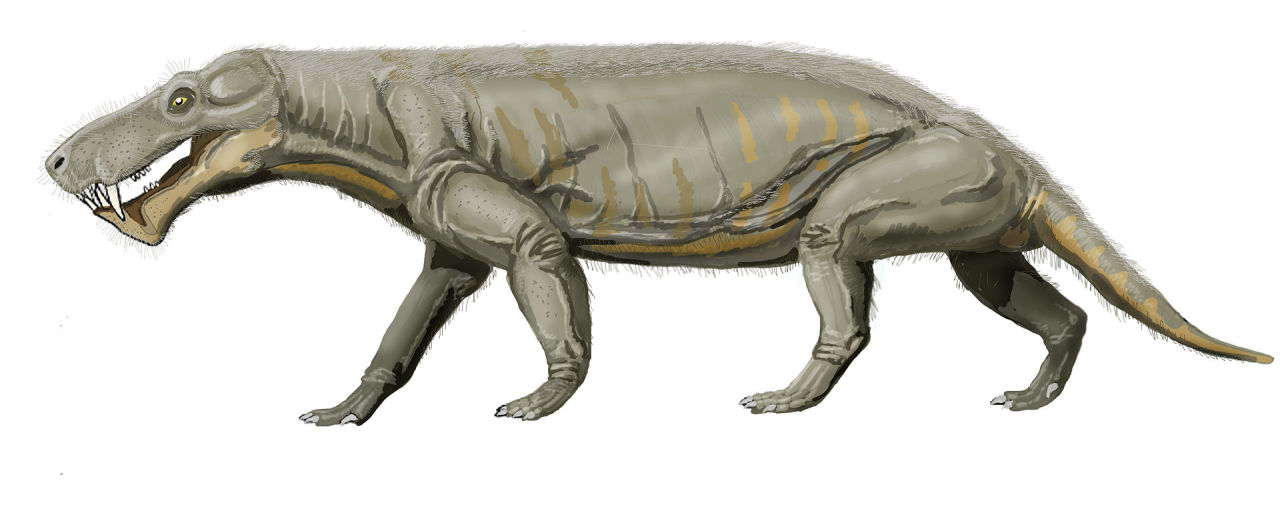
Above: Gorgonops, the O.G. (Original Gorgonopsid). Illustration by Dmitry Bogdanov.
Gorgonopsids first arrived on the scene about 260 million years ago, and are likely some of the most iconic Permian animals, second only to Dimetrodon. Their “saber-tooth” canines - an adaptation to a carnivorous lifestyle that has evolved independently multiple times - are instantly recognizable, and made them the dominant carnivores of the Late Permian.
Species include Gorgonops, a six-foot-long species from South Africa; Lycaenops, which lived alongside Gorgonops and was about half its size, the fox to Gorgonops’s wolf; and Inostrancevia, a Russian species that grew to the largest size of any known gorgonopsid, up to twelve feet long.
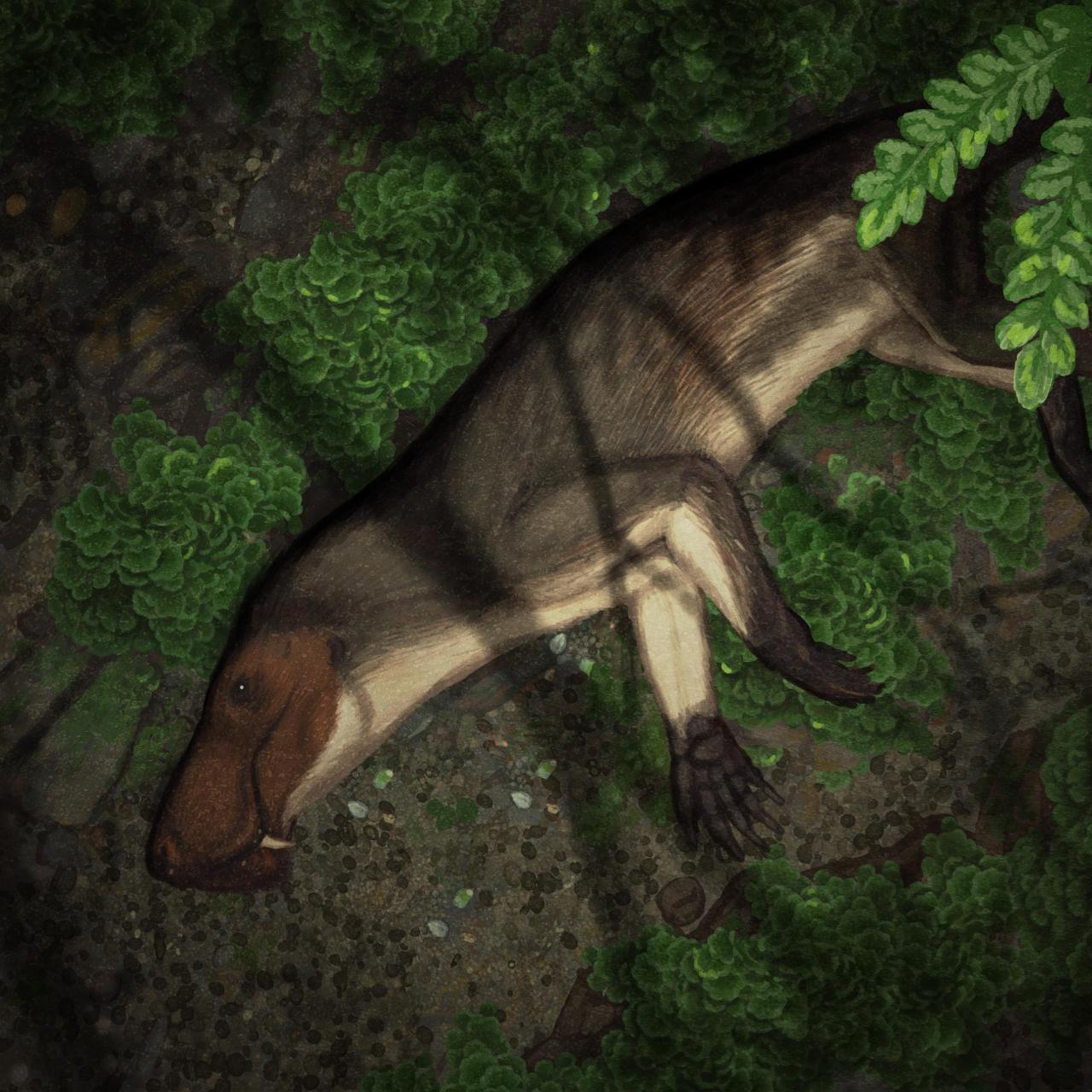
Above: Inostrancevia alexandri, by John Conway.
The gorgonopsids were a casualty of the mass extinction that occurred at the end of the Permian period, 252 million years ago. However, some of their theriodont relatives survived. It is this group that eventually gave rise to modern mammals.
